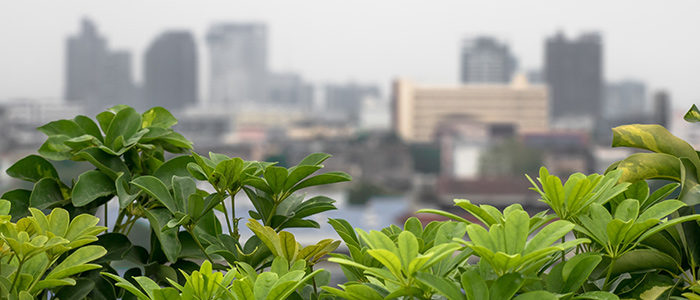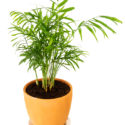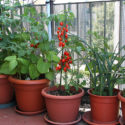With 85% of Canadians living in an urban environment, large lots are increasingly rare and space is becoming very limited in cities. Practicing horticulture in major urban centres like Montreal, Toronto and Vancouver requires creativity and we sometimes have to grow our edibles on buildings!
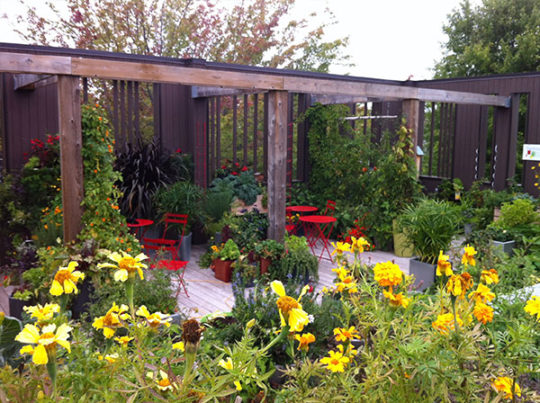
This rooftop was turned into a container garden.
The Food and Agriculture Organization of the United Nations has recently determined that 800 million people grow fruits and vegetables or raise animals in an urban environment, producing 15 to 20% of all the food on the planet. Beyond the fact that we must feed an ever-growing urban population, this enthusiasm for the production of edibles in cities meets a need to re-establish contact with nature and rediscover the essence of food. Also, by promoting local and organic production, urban agriculture is a practice that provides solutions to some of the food and environmental problems we’re currently facing.
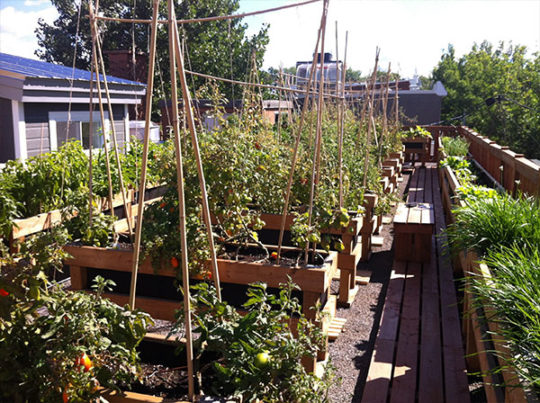
In the heart of Montreal, rooftop gardening is more popular than ever!
Container gardening
It is a lot more simple and economical to grow edibles in containers on a roof than to cover it completely with soil. Choose containers that are light and easy to move around, such as fabric pots. This will reduce the overall weight the roof’s structure will have to bear and prevent costly repairs. It is sometimes necessary to hire an engineer to determine the maximal load the roof can withstand. It is also very important to avoid direct contact between the containers and the roof’s waterproof membrane to prevent damages. Try placing your pots on saucers, thick geotextile pieces, rubber plates or even wood pallets.
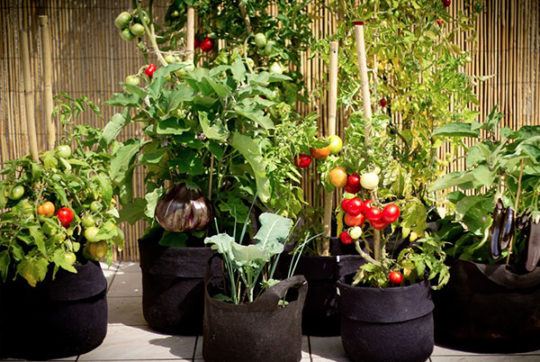
Fabric pots are especially well suited for the production of edibles on rooftops. (credit: Les Urbainculteurs)
To grow edible plants on a roof, it is important to use large pots, filled with rich but light soil that has a good water and nutrient holding capacity. Soil made up of compost, peat and perlite, such as PRO-MIX® Organic Vegetable & Herb Mix, will work nicely. At planting, do not forget to give the most demanding plants (eggplant, cucumbers, tomatoes) a few handfuls (about 100 ml per plant) of a natural, slow release granular fertilizer that is rich in nitrogen and potassium.
Also, place the vegetable plants you’re growing in a sunny part of the roof as most of them require at least six hours of light to grow and develop properly. With the heat generally being higher on rooftops, this greatly promotes the growth and productivity of tropical vegetable plants such as eggplants, peppers and tomatoes. However, it can be particularly windy several metres above the ground, which is why the plants sometimes need to be sheltered from strong winds. If that is not possible, you could build a windbreak.
Edible plants adapted to container growing
Whether it’s fruit shrubs, vegetables or herbs, most edible plants can be grown in a container on a roof. The vegetable plants that are the best adapted to container growing are the vegetables and herbs that are grown for their leaves, like chards, spinach and kale. Also, bush beans and peas yield excellent harvests when grown in containers. If given a support to cling to, climbing beans and peas are also well suited for container growing.
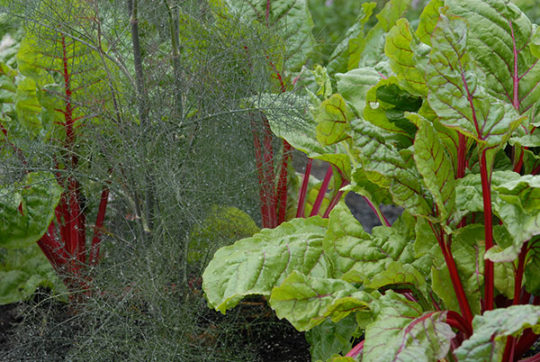
Chards are among the easiest vegetable plants to grow in containers.
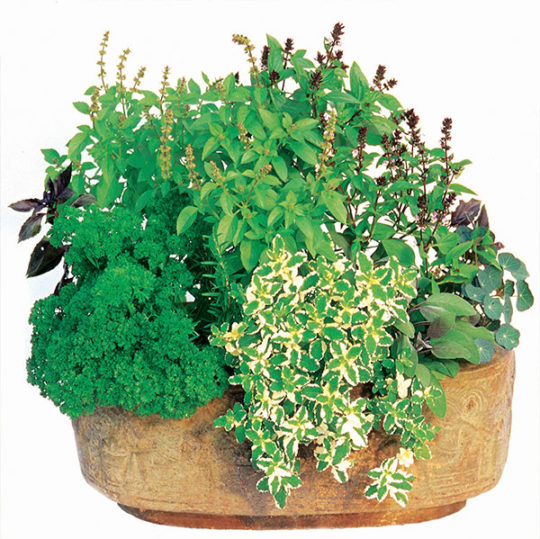
Most herbs grow well in containers.
If you want to grow tomatoes in a container on a roof, it is recommended to choose a determinate cultivar that is compact and that produces small fruits, such as ‘Topsy Tom’ or ‘Totem’, for instance. However, cultivars of a bigger size can also be grown successfully in very large containers. Eggplant and pepper cultivars producing small fruits, such as those from the Lunchbox and Mini Bell series, can also be grown in containers. Finally, carrots and potatoes are also good choices. Potatoes must be planted in a large container at least 45 cm in depth. Carrots must also be planted in deep containers.
Most herbs are well suited for container growing on a roof. Chives, tarragon, lemon balm, mint, oregano, parsley, savory and thyme are among the easiest to grow. Basil, for its part, requires more heat and a little more care. As for coriander, it is not really suited for container growing. If it is exposed to intense light and that its soil dries out periodically, it will quickly go to seed.
Finally, some fruit shrubs, such as strawberry plants, honeysuckles and raspberry bushes, produce abundantly and survive for several years in a pot, even if left on the roof during winter.
